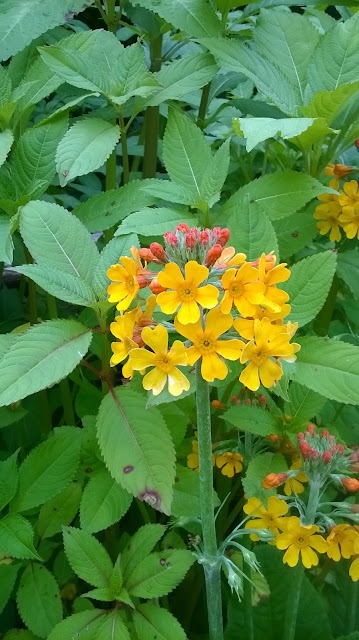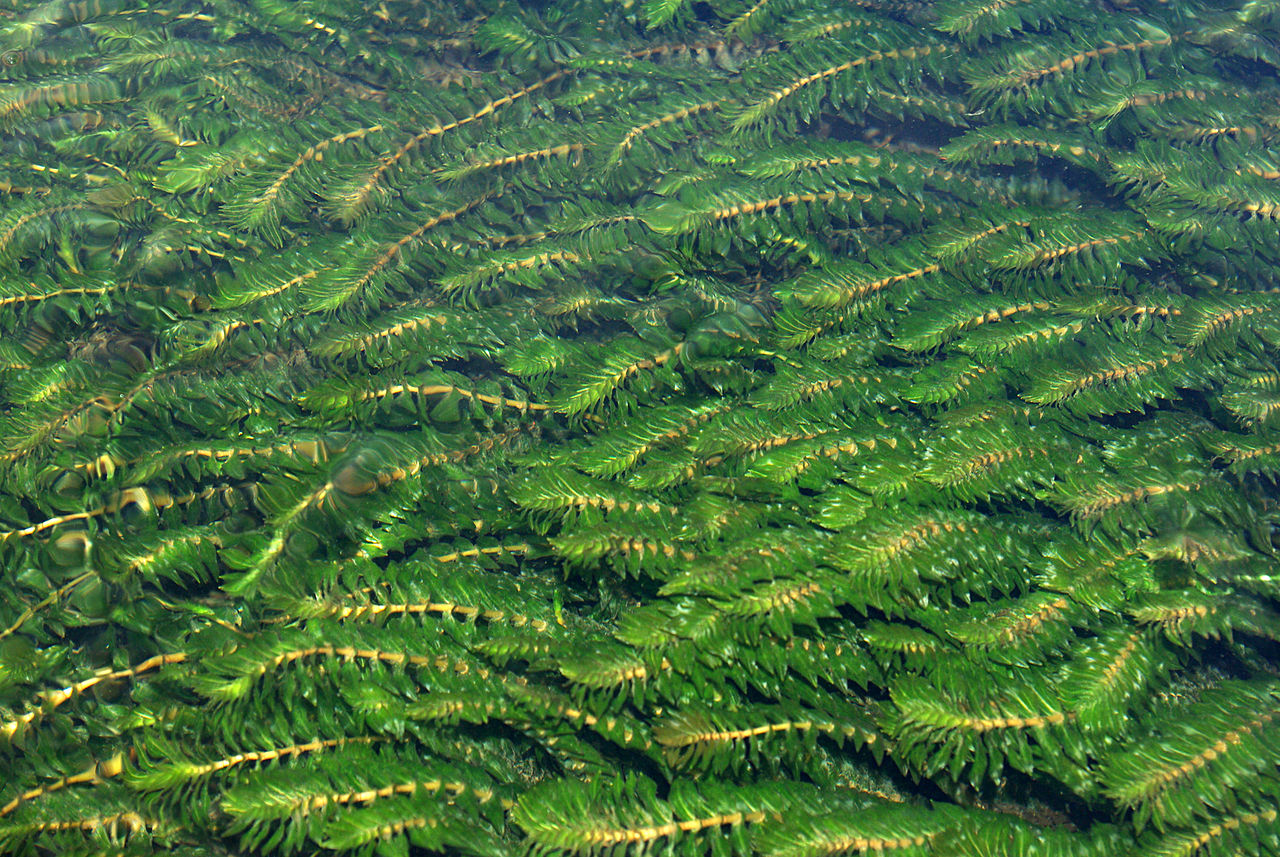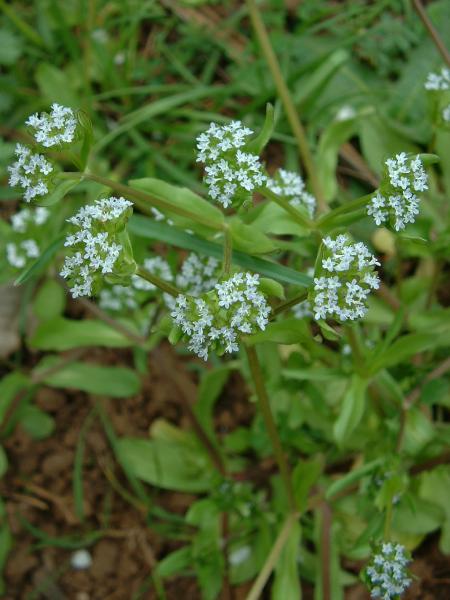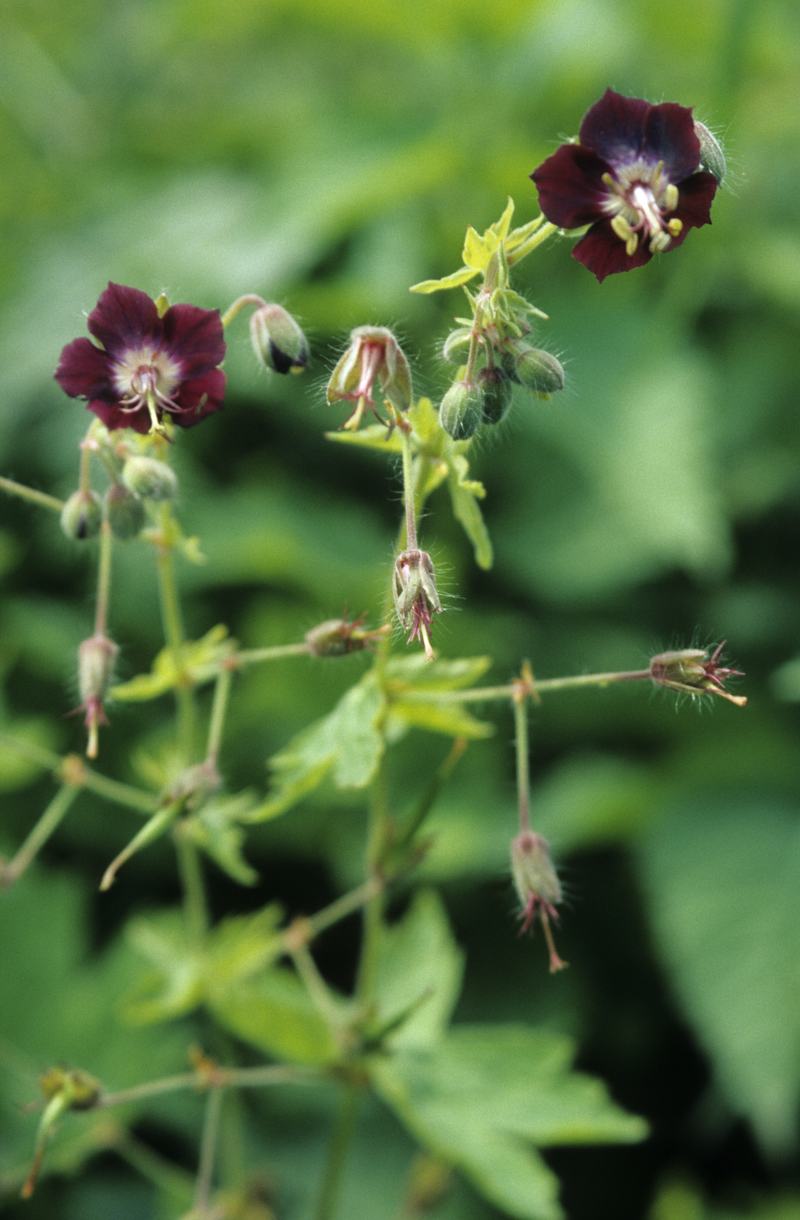Skelton Lake is a useful location in what is otherwise a very urban hectad, allowing me to try and boost the plant re-find total for the New Atlas. This square is right on my doorstep but is resolutely refusing to turn "green", meaning I have not re-found enough. Of course, in reality its more complex than that. There is no guarantee that the plants seen by previous botanists are still there to be re-found, particularly on the urban fringe of Leeds.
Nomenclature has also changed over time e.g. Arenaria serpyllifolia is now 2 species, one persons Arctium minus is now either sens. str. or pubens. The fun and games look set to continue with the most recent BSBI News highlighting a change in species concepts within the Dog-roses (Rosa canina), with three species now where there was once one highly variable species. A challenge to relish, but one that will render most historic records to an aggregate when once they were considered good species records. I was reminded of this as I was looking at Rosa canina group Dumales. This is now (or is again, those Victorian botanists knew there stuff) Glandular Dog-rose (Rosa squarrosa). A perfectly doable split but one that was too easy to ignore when it was considered a minor variant. Anyway, dog-roses aside, I did find much of interest and hopefully the hectad is getting closer to a robust re-survey.
I also thought I would give the Hawkweeds another go. Hats off to Vincent Jones and his Yorkshire Hawkweeds, they are doable if the experts translate their hard learnt knowledge into accessible field guides (see also the excellent BSBI Handbooks for the alpine species). There is only real progress when one generation makes its easier for the next to take things further forward. Sadly the book is out of print (again), time for a braver print run Yorkshire Naturalist's Union? Anyway this time it was a great new record for Hairy-leaved Hawkweed (Hieracium festinum), a species of scattered occurrence and rare in Yorkshire (image here, at least until mine is out of the press and can be photographed). It is very close to the common Southern Hawkweed (H. argillaceum), to which I originally mis-keyed until getting some leaves under the microscope. The long flowering branches are distinct and the miniscule stellate hairs on the underside of the upper leaves the clincher. The photo in Vince's book was a clear match for my plant, and this was part of the reason why I knew my original ID was wrong. One to look out for in post-industrial West Yorkshire, as it is likely to be more widespread. The key in Sell & Murrell does not work for this species.
Himalayan Cotoneaster (Cotoneaster simonsii) was widely naturalised along the woodland edge.
Red-leaved Rose (Rosa glauca - back to the old name again apparently!) was a surprise in an area of scrub where it appeared to have been bird-sown.
A large stand of the county rarity Field Pepperwort (Lepidium campestre) was next up, on a spoil mound by Pontefract Lane.
An added benefit of the new access to Skelton Lake is that it now provides a nice circular route via Temple Newsam. So I headed there next.
The hedgerows here have a mass-planted deeply cut-leaved form of Common Hawthorn (Crataegus monogyna f. schizophylla). This is quite common and seems to be propagated preferentially by some growers of "native" trees. I don't think this a discrete entity in the strict sense, it seems to cover a range of plants at the extreme end of the variation of the species. However it is worth being aware of, not least because it is often one of the parents of Crataegus x subsphaerica, and such forms can be readily identified even before they are in fruit.
A neglected corner near the House, yielded two interesting garden escapes. First up was a cultivar of Bistort (Persicaria bistorta 'Superba'), then four stunning plants of Bulley's Primrose (Primula bulleyana). The latter is not on the British list yet, although there is a record for Isle of Man (not part of the UK).
In the woods I found a single plant of Borrer's Scaly Male-fern (Dryopteris borreri), new to the hectad.















































